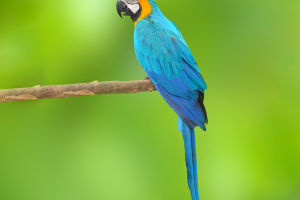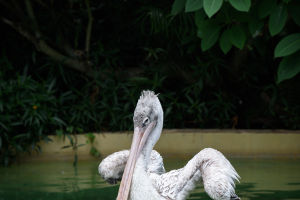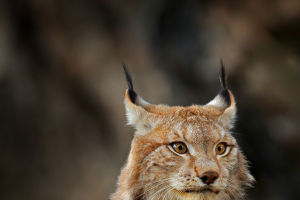The polar bear is one of the most iconic polar predators on Earth and a symbol of the Arctic ecosystem.
They inhabit the Arctic ice cap and surrounding ocean regions, showcasing the remarkable adaptations of life in extreme environments.
Polar bears are not only massive in size but also possess a range of unique physiological features that enable them to survive in frigid conditions.
Adult male polar bears can weigh between 700 and 800 kilograms, while females are somewhat smaller. Their bodies are covered in a thick layer of white fur, which not only insulates them from the cold but also reflects sunlight to help maintain their body temperature.
The fur of polar bears is transparent, with each hair containing air bubbles, which provides excellent insulation. Despite their fur appearing white, polar bears' skin is black, allowing them to absorb solar heat more effectively.
Polar bears primarily feed on seals, which is crucial for their survival in the polar environment. They are excellent swimmers, capable of traversing several kilometers or even tens of kilometers in icy waters. Their large, powerful front paws enable them to walk comfortably on ice and to break through the ice to find prey. Their keen sense of smell allows them to detect the scent of seals from a distance, helping them locate their prey.
Breeding is also a key part of polar bear survival strategies. Female polar bears generally enter pregnancy during the winter and choose to den in a snow-covered lair on the ice.
During this time, their metabolic rate significantly decreases to conserve energy. In the spring, the females give birth in the den and nurse their cubs until they are old enough to survive on their own. When polar bear cubs are born, they are very vulnerable and completely dependent on their mother's protection and milk. The mother stays in the den until the cubs are sufficiently mature to be brought outside.
Polar bears face severe challenges to their survival. Climate change is causing the Arctic ice cap to melt rapidly, directly affecting the polar bear's habitat. The reduction in ice cover also threatens the habitat of their prey, seals, impacting the bears' food supply. Polar bears are forced to swim longer distances to find ice, leading to increased energy expenditure and survival pressures.
Additionally, the decrease in ice cover has led to more frequent conflicts between polar bears and humans, especially in areas on the edge of the Arctic Circle where bears may enter human settlements in search of food.
Protecting polar bears and their habitat requires global cooperation. Reducing greenhouse gas emissions, preserving the Arctic ice cap, and limiting human impacts on the Arctic environment are critical measures for safeguarding polar bears and their habitat. Moreover, enhancing research on polar bears to understand their ecological needs and behavior can help in developing more effective conservation strategies.
Polar bears are not just a biological symbol of the Arctic; their survival status reflects the impact of global climate change. Paying attention to the fate of polar bears is paying attention to the future of all life on Earth. Through global collaboration and continued conservation efforts, we hope to create a more stable and healthy environment for polar bears, thereby preserving this precious polar biological heritage.


